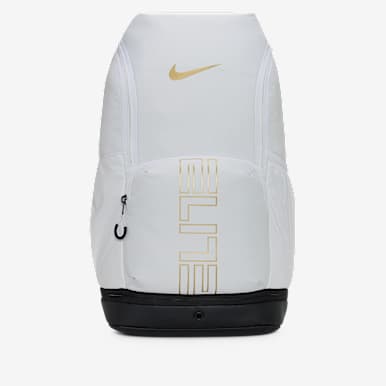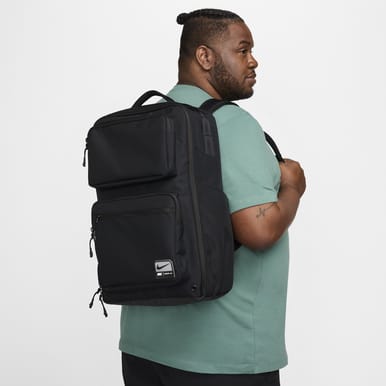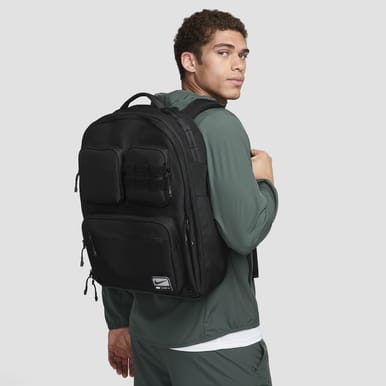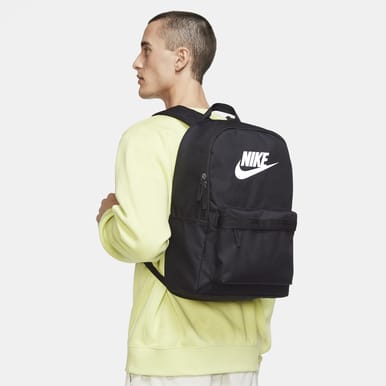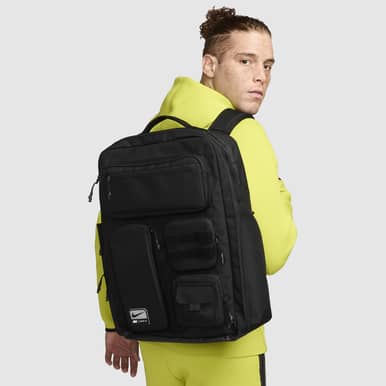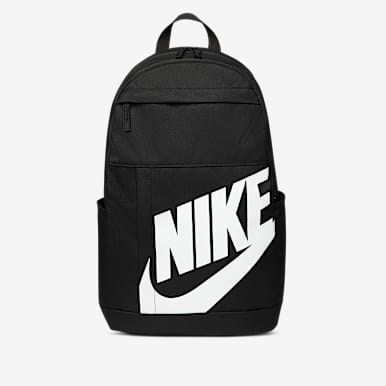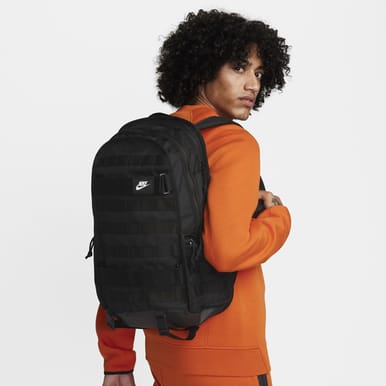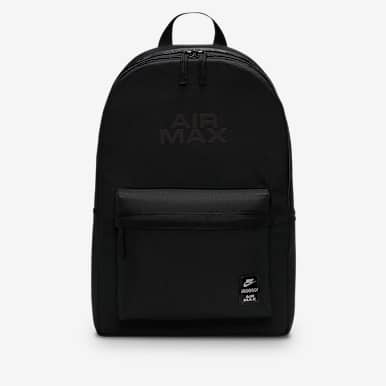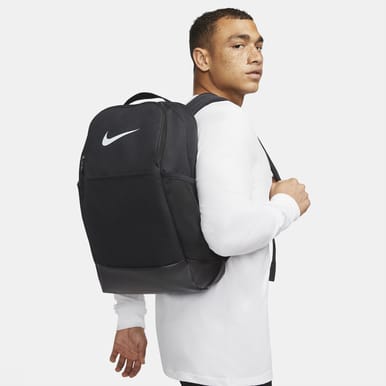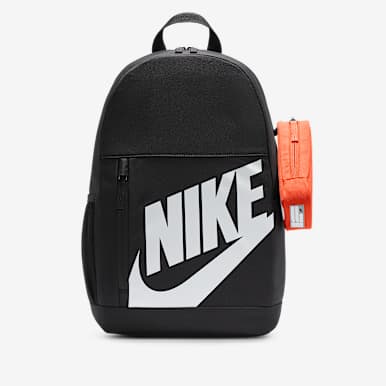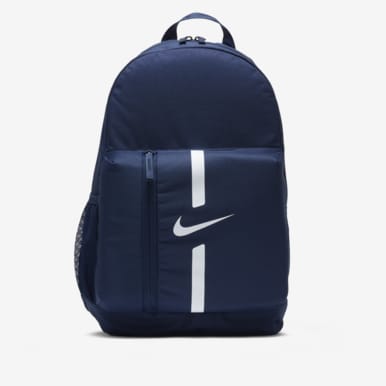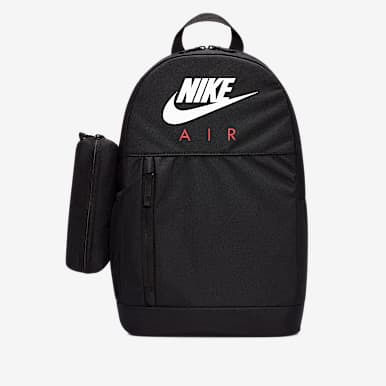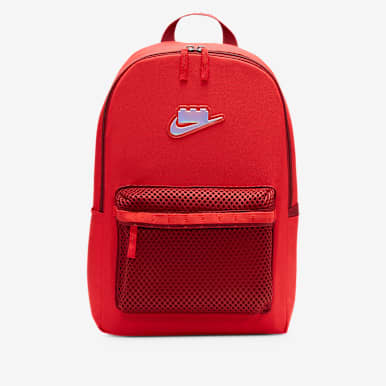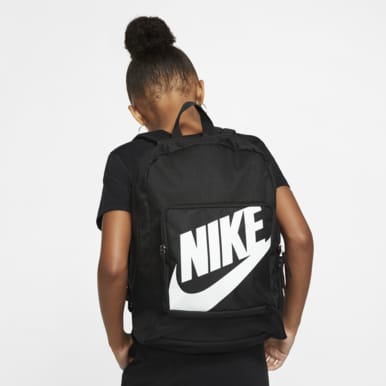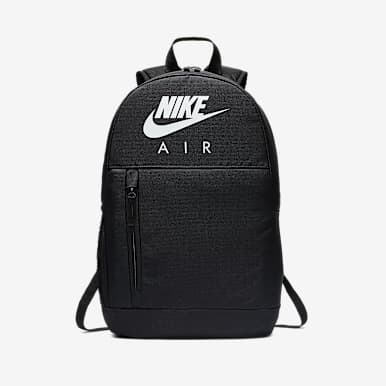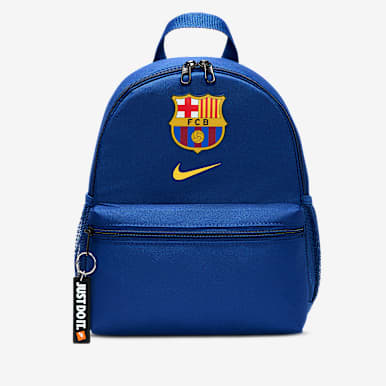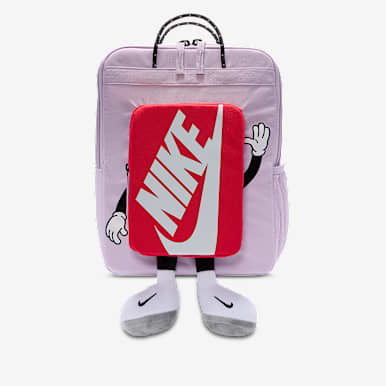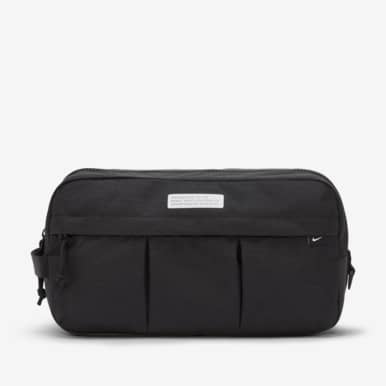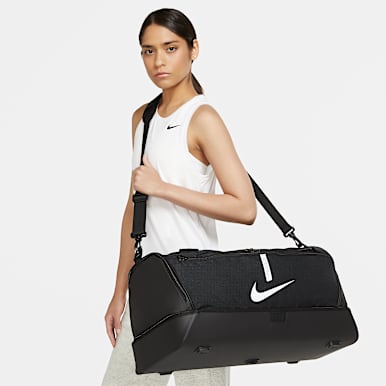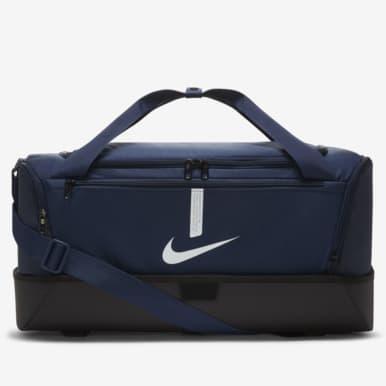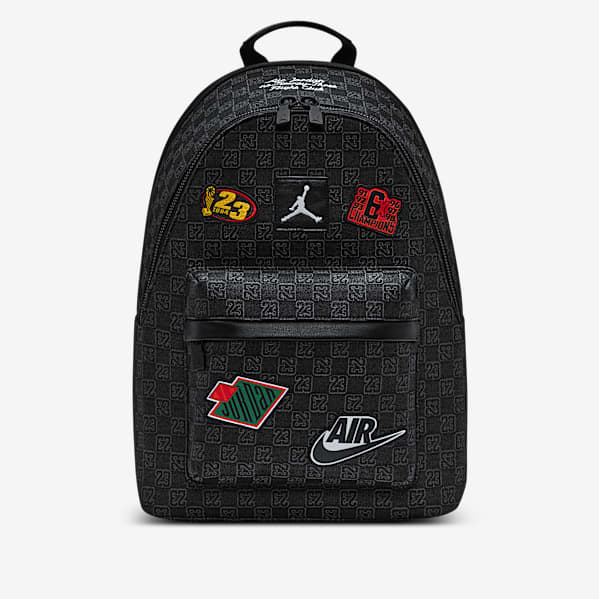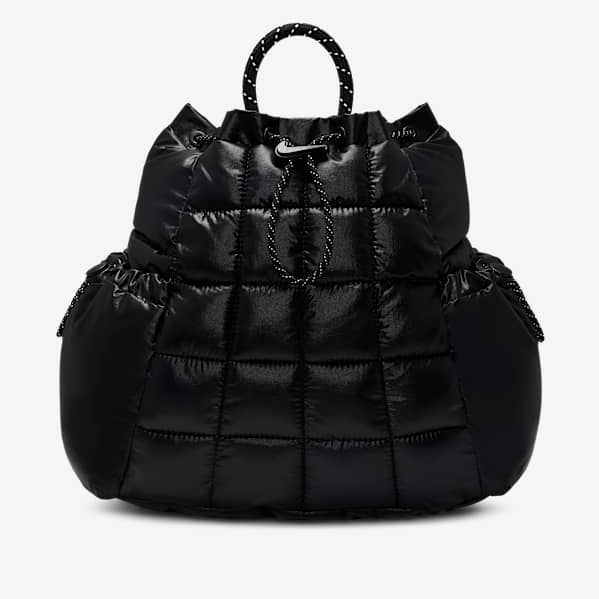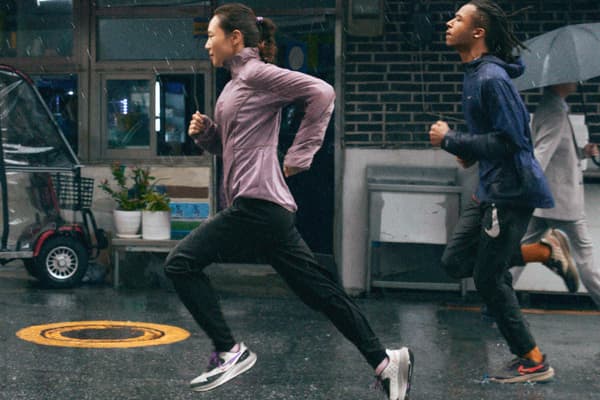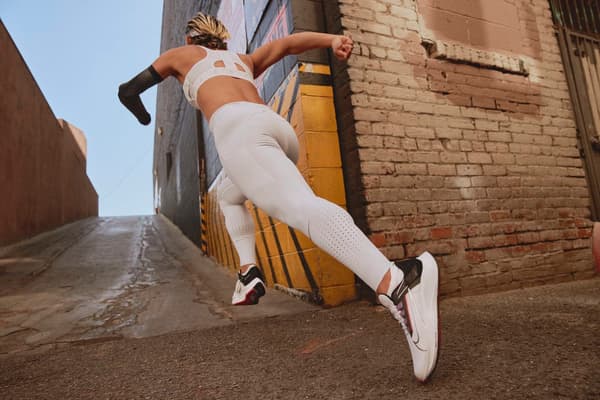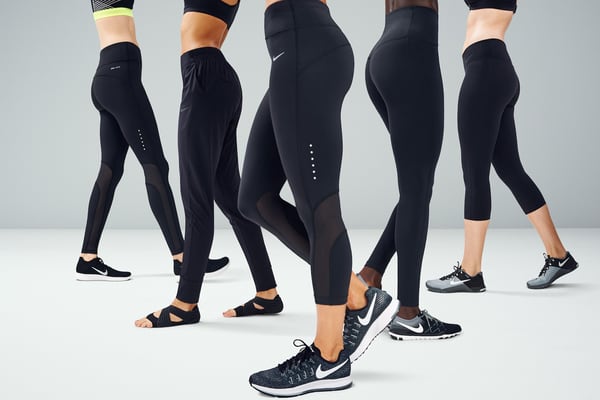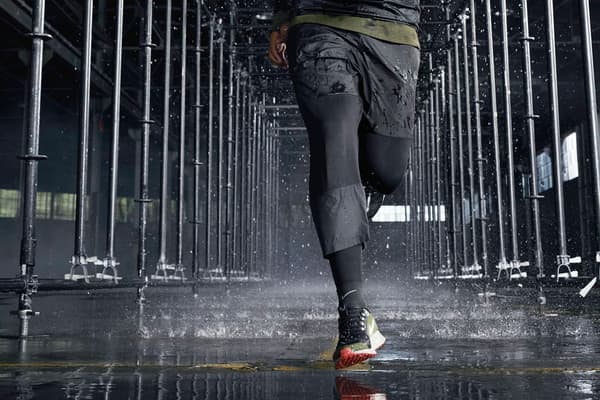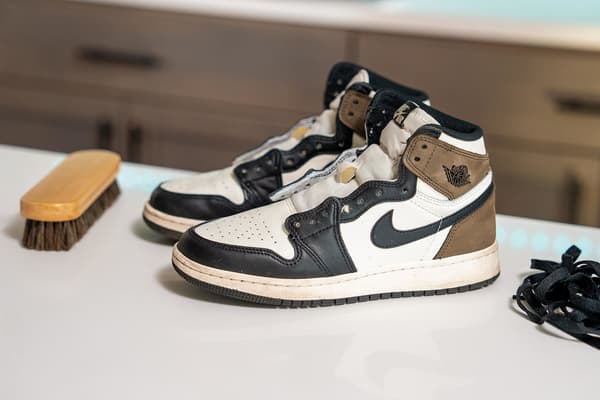Enjoy an extended 60-day return period. Learn More
Work, School or Travel, Which Backpacks Are the Best?
Buying Guide
Not all bags are created equal. You need the right size, features, pockets and compartments to breeze through your day—whether it's in the classroom, the office or the airport.
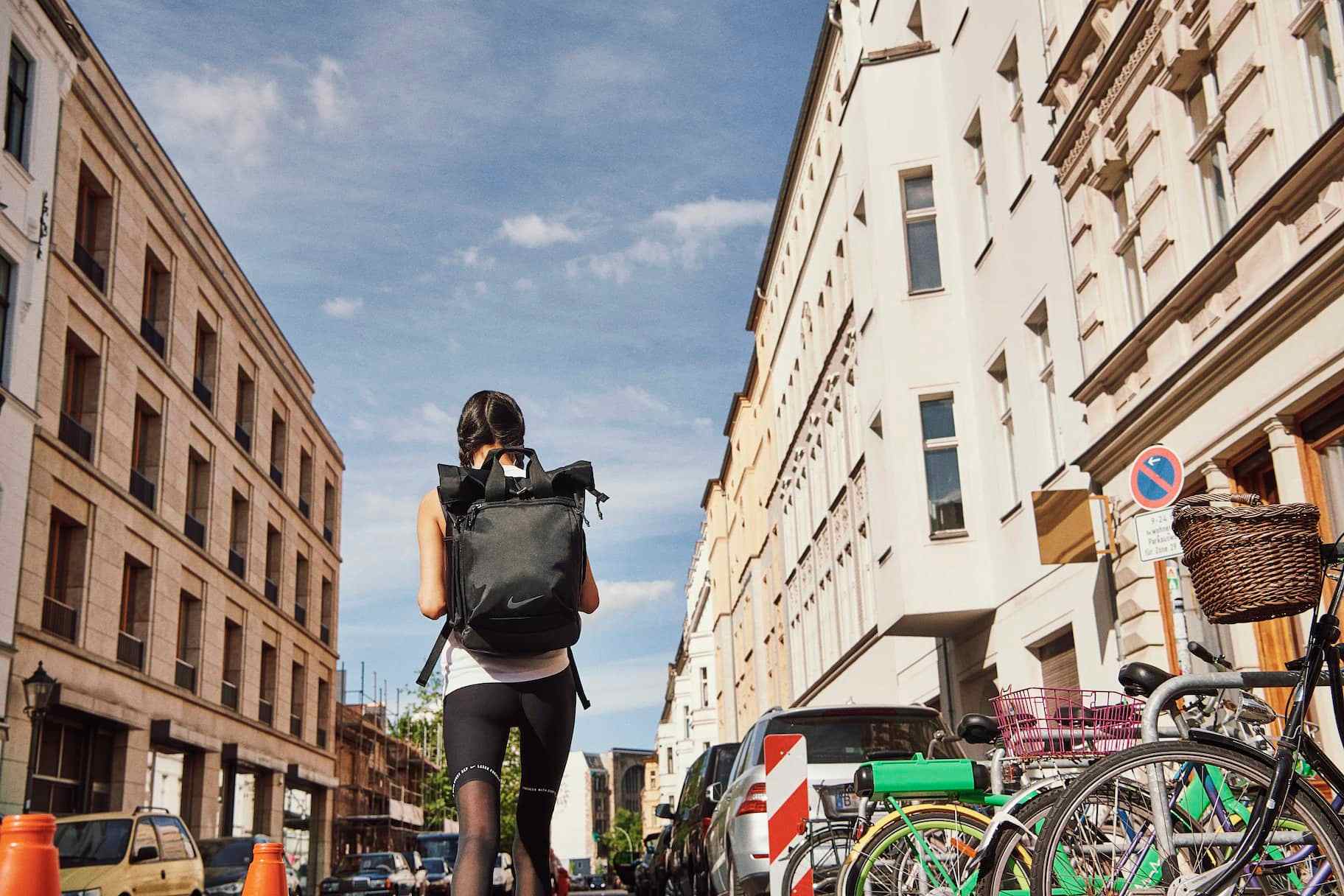
When you've got too much stuff and not enough hands, you need a bag that'll go the distance.
Backpacks are the perfect hands-free solution, but they vary widely in size, features, compartments and materials. Whether you're on the way to the classroom, heading to the office or breezing through the airport, use these tips to find the right backpack to keep your day moving along.
What Kind of Backpack Do You Need?
No matter where you're heading, you need some sort of way to hold all your stuff. Pockets just aren't big enough most of the time, which means a bag. Sure, you could use a handbag, belt bag, briefcase or duffel, but a travel backpack offers helpful features that many other bags don't.
Backpacks help distribute the weight of a heavy load evenly across both shoulders when you're on the go. Backpacks are also positioned to engage your strongest muscles to support that weight—your back and abdominal muscles.
Travel backpacks offer a true hands-free experience, making them an ideal choice whether you're riding your bike to school or making your way to the office. At the airport? Having both hands free makes everything easier, whether it's grabbing a coffee on the way to your gate or pulling your luggage off the belt at baggage reclaim.
Backpacks are big without being bulky, which elevates them over many other types of bag. Simply put, they can hold a lot of stuff, even bigger items that won't always fit into a handbag or briefcase. If you find yourself always carrying two smaller bags to hold everything you need in a day, try switching to a travel backpack.

Wheels or No Wheels?
Is a backpack with wheels still a backpack? You're not wearing it on your back all the time, but it still counts.
The biggest plus of having wheels on your travel backpack is that you can cram it full of stuff and not have to carry it. You simply pull it all behind you as you go.
Cons of a wheeled backpack:
- Converting a wheeled backpack means taking out the straps and adjusting them, and then putting them away again when you switch back.
- Wheeled backpacks are heavier due to the weight of the wheels.
- Some wheeled backpacks are uncomfortable to carry on your back.
- Wheeled backpacks often won't fit under the seat in front of you on an aeroplane, making it harder to access your stuff during the flight.
There's also the issue of mobility. A wheeled backpack works great on smooth, flat surfaces, but as soon as the terrain varies, or you encounter stairs, it's a nuisance. Carrying your backpack on your back makes it easier to move over any surface, not to mention the ease of getting on and off boats, buses, aeroplanes and trains.
Universal Backpack Features
- Wide, padded straps
- A waist belt and sternum strap
- Multiple compartments
You also want to find a backpack made from lightweight, durable material. This ensures you don't start off with an empty backpack that's already on the heavy side.
Best Backpacks for Work
The perfect work backpack needs to be comfortable to wear and be able to handle long hours of use. You also need plenty of space to hold personal items. It doesn't hurt to have a stylish office-friendly backpack—one that says working professional instead of postgraduate student.
Pockets of all sizes are essential for a business backpack. Not only does your backpack need to hold files, a laptop and possibly your lunch, you also want easy-to-reach storage for smaller items. Keys, your mobile phone, a wallet and your ID badge can get lost in the main compartment of a business backpack. Make sure your pick has pockets everywhere. It's a bonus if your backpack has speciality pockets meant for things like a water bottle or your phone. That way you know they'll fit perfectly.
Comfort is also essential, especially when you're lugging your stuff home after a long day at the office. Look for padding at the back of the backpack, and make sure you can adjust the straps to the right comfort level.
You also want a durable backpack, so see if you can find one that's water-resistant (just in case) and made for extended wear.
The Essential Feature for a Work BackpackThe one must-have of a work backpack is a laptop compartment or laptop sleeve. Even if you're only carrying a tablet, you need a special spot for your electronic device to keep it safe and secure.
A laptop backpack is especially helpful if you commute to work on public transport. Bus and train travel can be rough on both you and your bag, and knowing your device is protected adds peace of mind.
Some laptop backpacks have a separate laptop pocket with extra padding. Others provide a removable laptop sleeve that holds your device and fits securely into the main compartment of your backpack. Whether you use a laptop pocket or laptop sleeve, you won't have to worry about the safety of your device if you get bumped or jostled, or if you drop your laptop backpack.
Best Backpacks for School
The perfect backpack for school varies based on your age and size. Primary school kids may not need a full-sized backpack. What's most important is getting a backpack sized for their bodies with padded, adjustable straps. This gives them all-day comfort and room to adjust the fit as they grow.
Space is also a premium feature in a young kid's backpack. They'll need the space to hold everything from notebooks and folders to show-and-tell surprises. Don't forget about fitting in that bulky lunchbox. Finding an expandable backpack allows children to modify the space in their backpack.
Secondary school students probably need more room. On top of books and school supplies, they'll have PE kits and maybe even a laptop or tablet. Durability and padding for constant movement are what parents want the bags to have, but kids want style, style and more style.
Teens may shy away from a plain, solid colour backpack and look for something a little different. Maybe it's a backpack with a retro feel or a fun graphic print. Maybe they select a solid colour, but one that's less conventional (think bright orange). Or, they'll go for a basic backpack, but then customise the backpack themselves by doodling over it or adding stickers.
Finding a backpack that can hold everything means packing it to optimise weight distribution. To balance weight, students should:
- Pack the heaviest items closest to the back of the backpack
- Use side pockets for smaller items
- Distribute weight between pockets and the main compartment
You just have a lot of stuff when it comes to school, so your backpack has to keep up. If you need even more space, try a duffel bag for extra room to hold it all, including sports equipment.
The Essential Feature for a School BackpackThere's one thing all students need in a backpack: pockets. Small pockets can hold house keys, pens, pencils, rubbers or even a calculator. You don't want to lose all the little essentials necessary for school in the large main compartment of a backpack.
Also handy is a backpack with mesh pockets on the side. These pockets won't have zips, but they are the perfect size to hold a water bottle, another item most students can't live without.
Zip pockets contained within larger compartments help keep students organised and ensure that there's a place for everything.
Best Backpacks for Travel
When hours of travel are in your future, the right backpack is critical. A travel backpack needs to keep items secure and provide enough durability for the unexpected, whether you're travelling by plane, bus, boat, train or car. The best travel backpacks move seamlessly from transport to your destination, allowing you to spend hours walking around comfortably to see the sights.
Zip compartments within the larger space of the backpack provide an added layer of security and allow for quick access to travel essentials, such as power cables and your passport.
All-weather material means your backpack can endure surprises like a sudden rainstorm, falling snow or gusty winds. It also makes it easier to clean if you take your backpack camping and off the beaten path for a night under the stars. You can buy a separate rain cover if you expect to walk or hike frequently in the rain. Consider a backpack with a hip belt if you're carrying an extra heavy pack over long distances.
Look for features that align with the type of travelling you do most. If your trips take you to hotels, look for a backpack that packs like a suitcase, by opening flat for easy access. Backpacks that are small enough to be checked in as cabin luggage are great for frequent flyers. If camping is your style, find a backpack with cinch loops at the bottom to add on a sleeping bag or collapsible tent, and a padded back panel for comfort. If travelling means a lot of weekend trips, seek out a backpack that easily attaches to rolling luggage.
The Essential Feature for a Travel BackpackThe most important element of a travel backpack is its versatility. When looking for the perfect travel backpack, make sure you review its extra features and think about how they relate to your needs
Specific travel-friendly backpack options include:
- Expanding storage
- Insert for dirty laundry or shoes
- Waist strap and sternum strap
- Easy-access passport pocket
A Quick Nod to the Gym
If your day includes going to the gym, that can impact your ideal backpack choice. If you don't want to carry two separate bags for your workout clothes, you don't have to. A gym bag is great, but finding a backpack with enough room to hold it all is even better.
Look for an extra roomy gym backpack, ideally one with a separate compartment for gym clothes and sneakers. Sure, your one bag will be heavier, but you'll have less to keep track of throughout your busy day.
Proper Backpack Fit
- Use both shoulder straps
- Fit the backpack close to your body
- Make sure your backpack sits in the centre of your back and doesn't sag down too far
To safely put your backpack on, no matter how heavy it is:
- Bend your knees
- Grab the backpack using both hands
- Lift it up to your shoulders
Wearing your backpack correctly ensures comfort as you move about your day with your backpack. It also makes it less likely that you'll bump someone with it when you're in a lift, walking down crowded corridors or attempting to navigate the tight aisle on an aeroplane.
Frequently Asked Questions
How Do I Know if a Backpack Fits Correctly?
What Are the Best Backpack Materials?
Lightweight materials are best for travel backpacks to keep it light. Look for one that's water-resistant or made from waterproof fabric to keep your stuff dry. Nylon, canvas, polyester and synthetic blends tend to work well.
What Features Are Important When It Comes to Shoulder Straps?
The straps on your backpack should be both padded and adjustable. The padding provides extra comfort while you wear it, and the adjustable straps mean you'll find the perfect fit.
